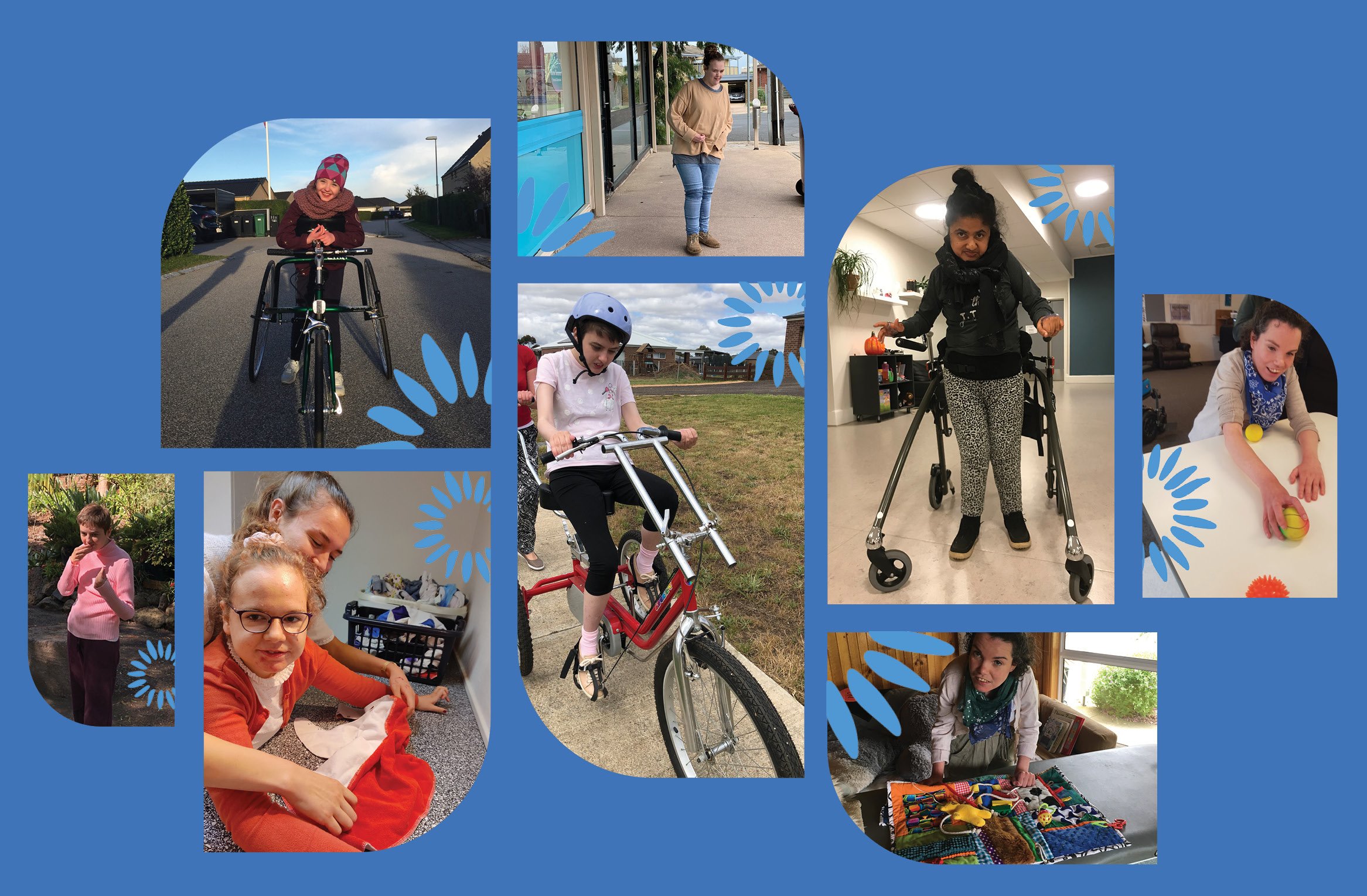Search

Rett syndrome is one of the 8,000 rare genetic diseases that collectively affect up to 10% of the population.

Anyone who engages in physical activity, regardless of how much they do, can achieve mental, physical and social health benefits, resulting in benefits to their quality of life.

News & Events
3rd European Rett Syndrome Conference, October 17-19, Maastricht, The NetherlandsFollowing last year's World Rett Syndrome Congress held in New Orleans, the 3rd European Rett Syndrome Conference was held in the Netherlands over 3 days.

News & Events
MECP2 duplication syndrome in the newsOur own Dr Helen Leonard was recently featured on Today Tonight. MECP2 duplication syndrome, which more frequently affects boys, is one of the Rett syndrome...
The prevalence of mental disorders is the proportion of children & adolescents in the population who meet DSM-IV criteria for a diagnosis of a mental disorder.
Schools play a major role in supporting young people with emotional and behavioural problems and are often where symptoms are first identified.
Young people provided information on self-harm behaviours of deliberately hurting or injuring yourself without trying to end your life.
Find information for researchers wanting to use Young Minds Matter data in their research, including resources and database access.
At the Wesfarmers Centre, we undertake research in five key areas of infections and immunisation to assist in children's health.
Review the hospital-based research that the Wesfamers Centre of Vaccines & Infectious Diseases conducts.
